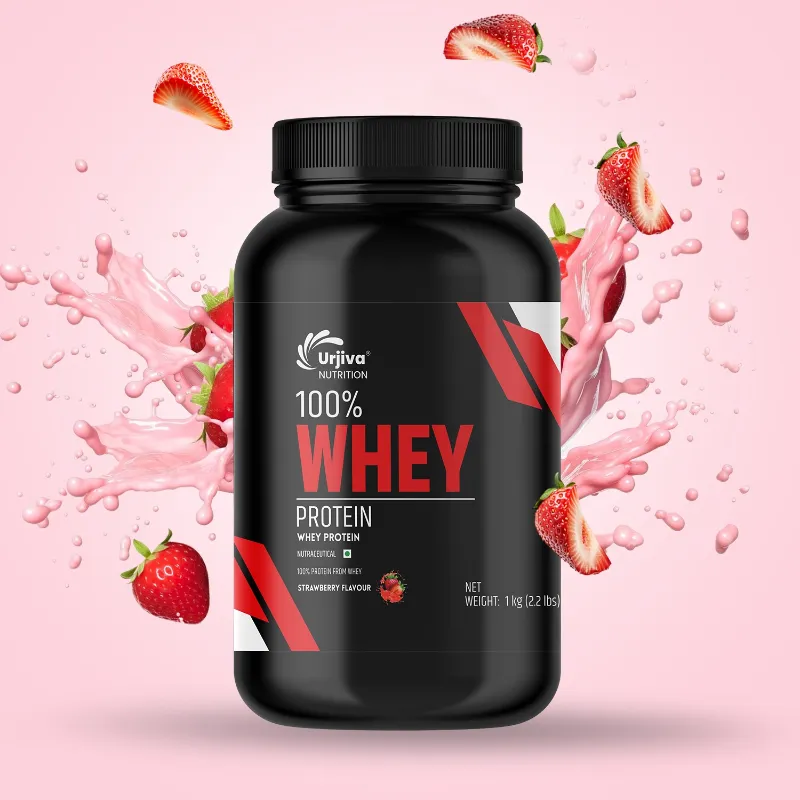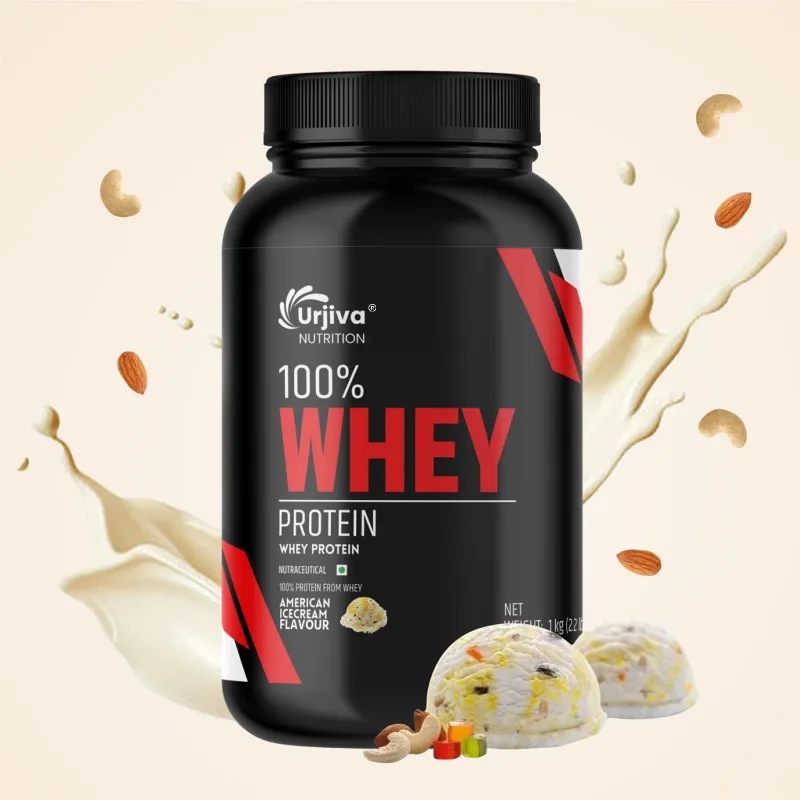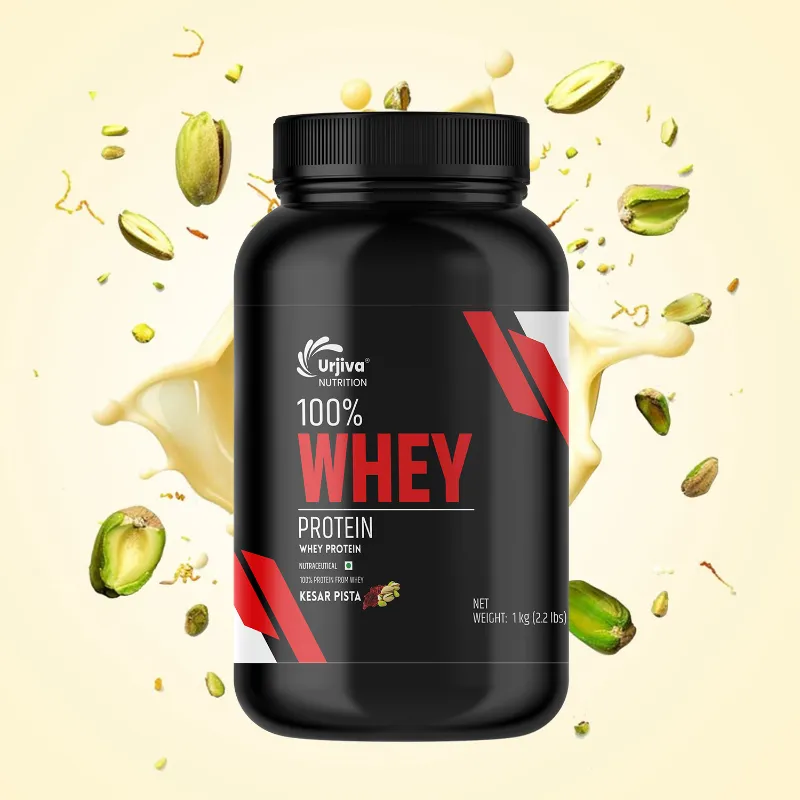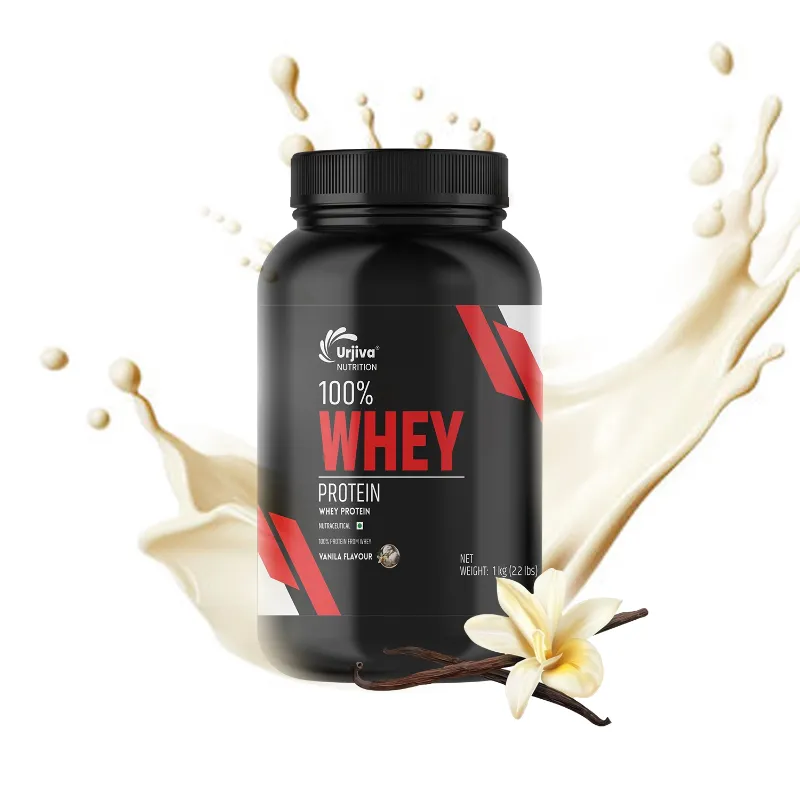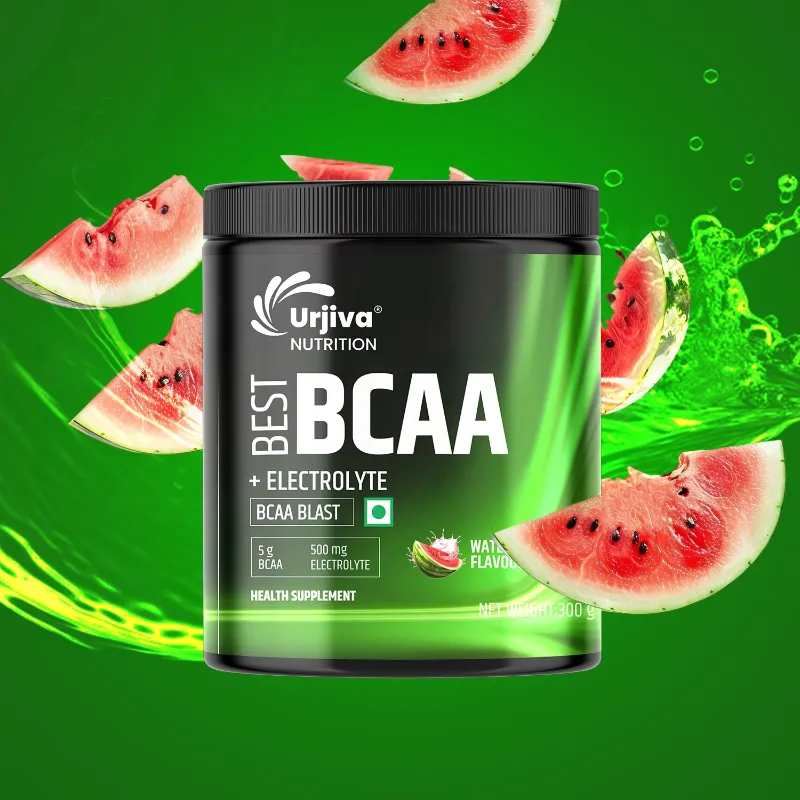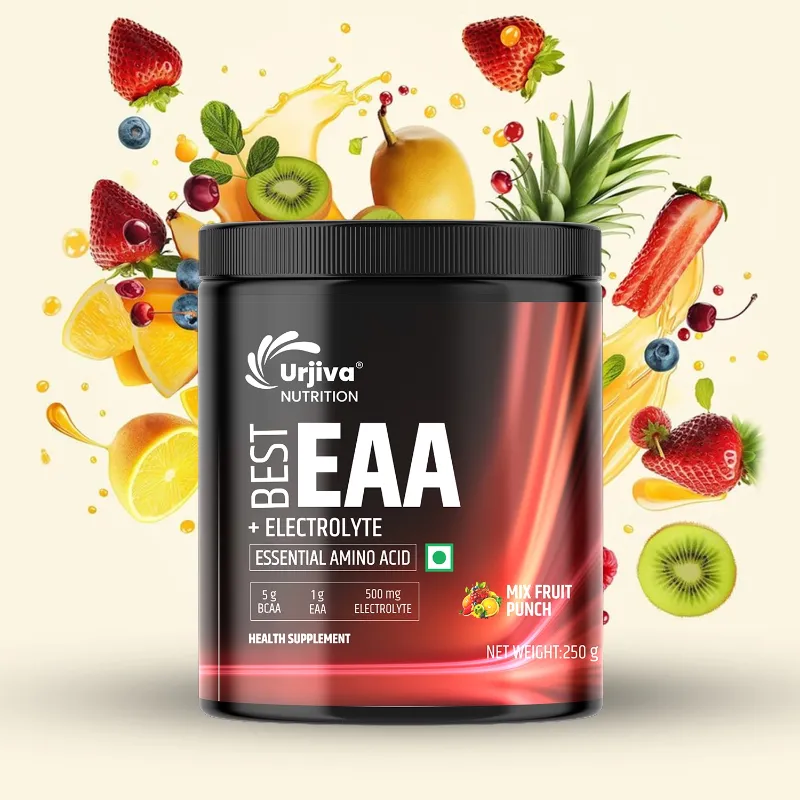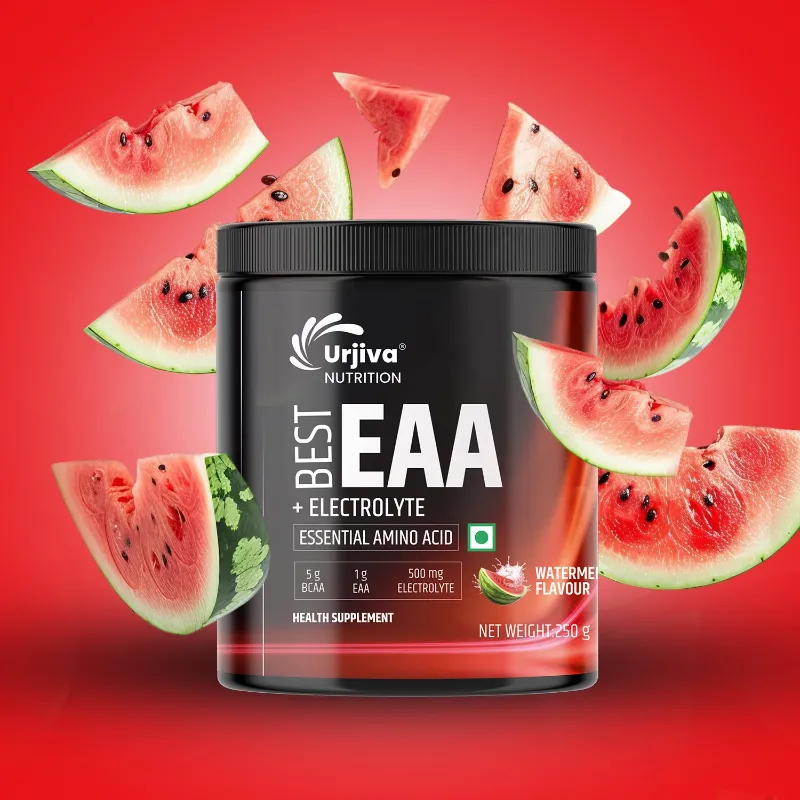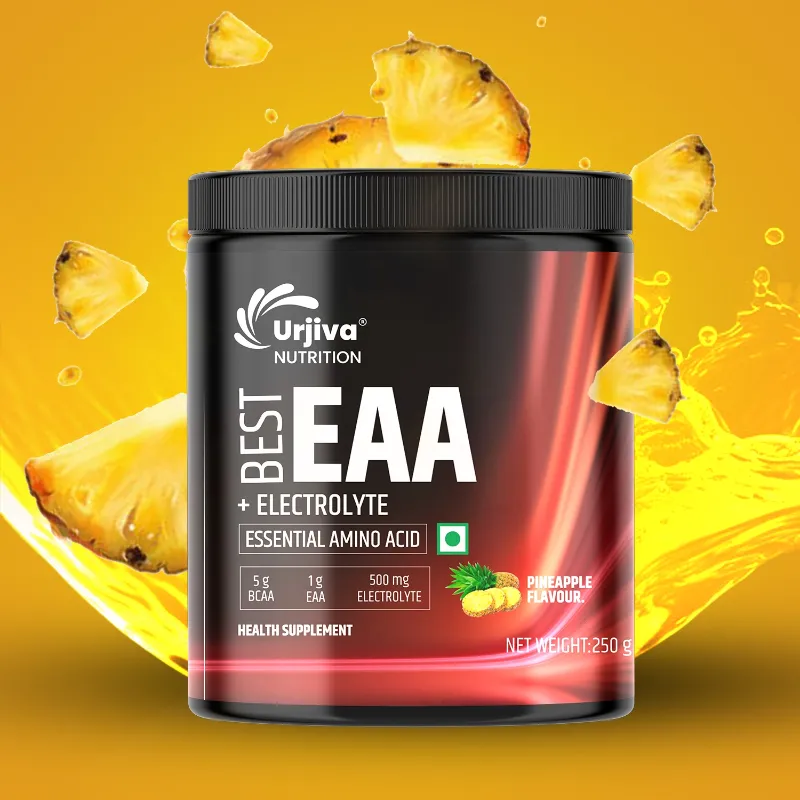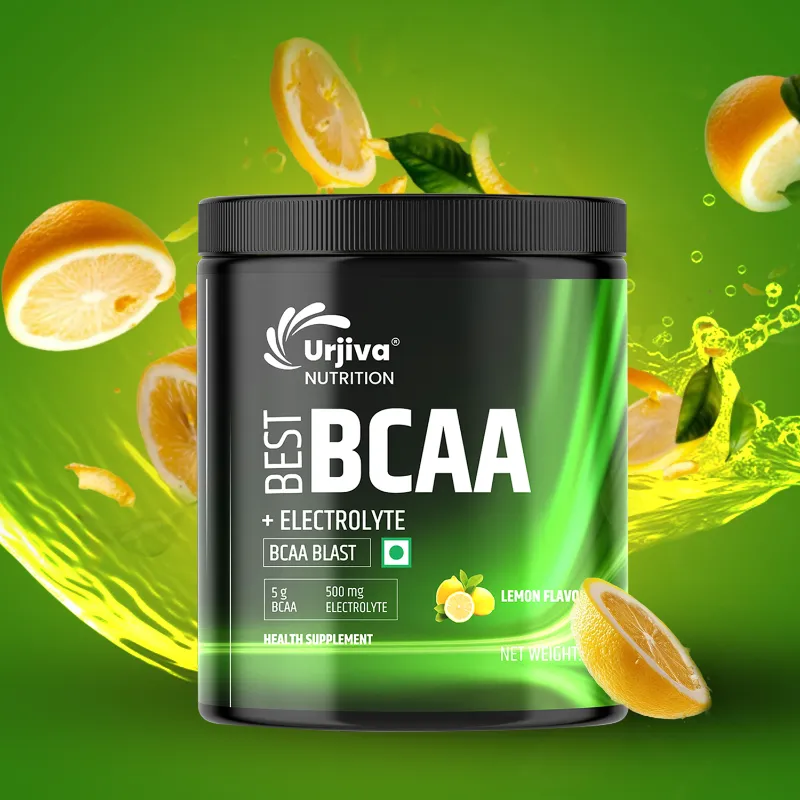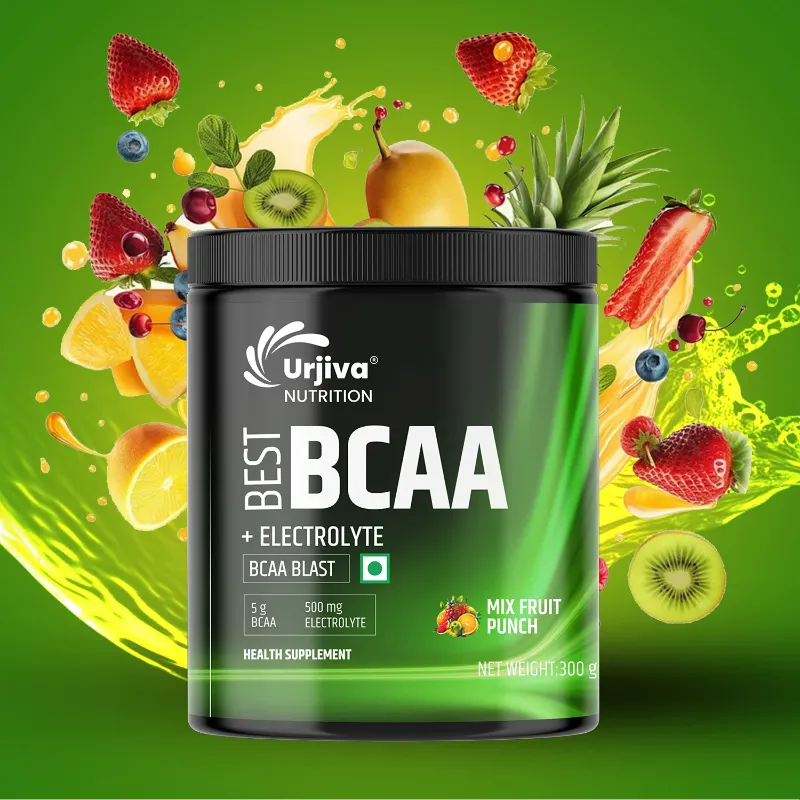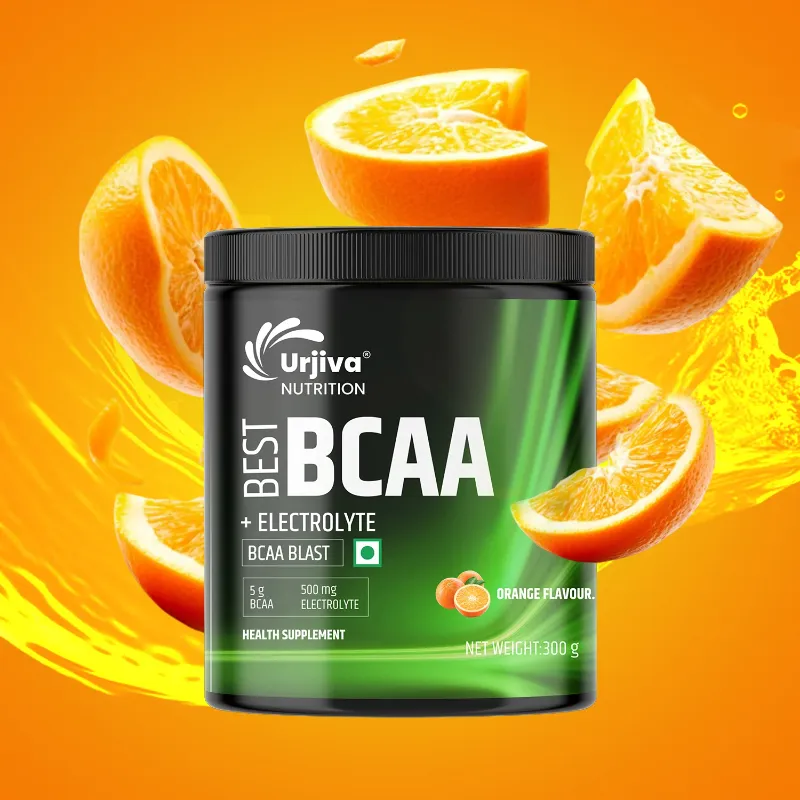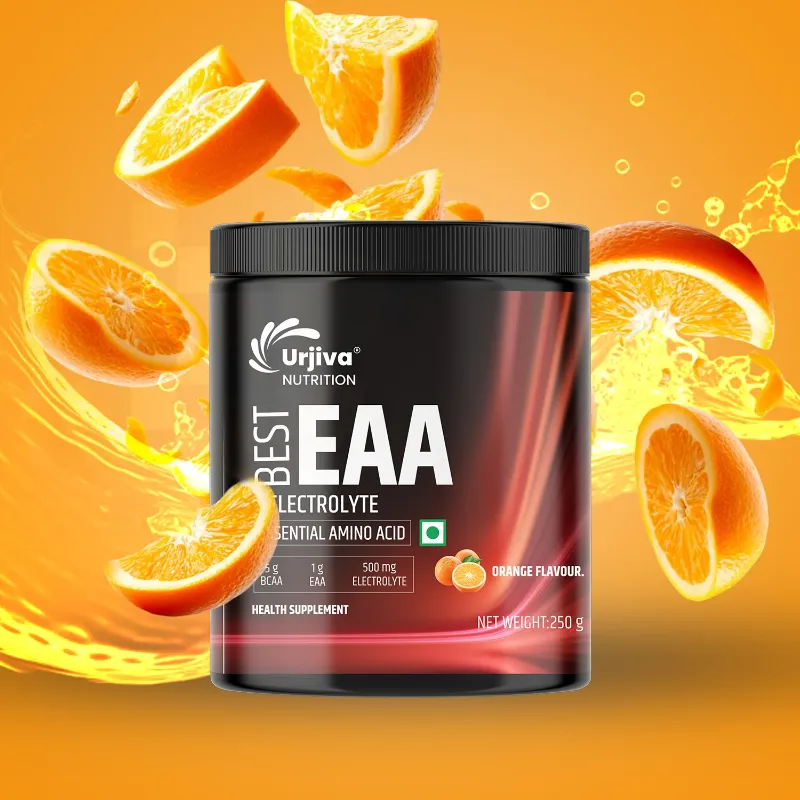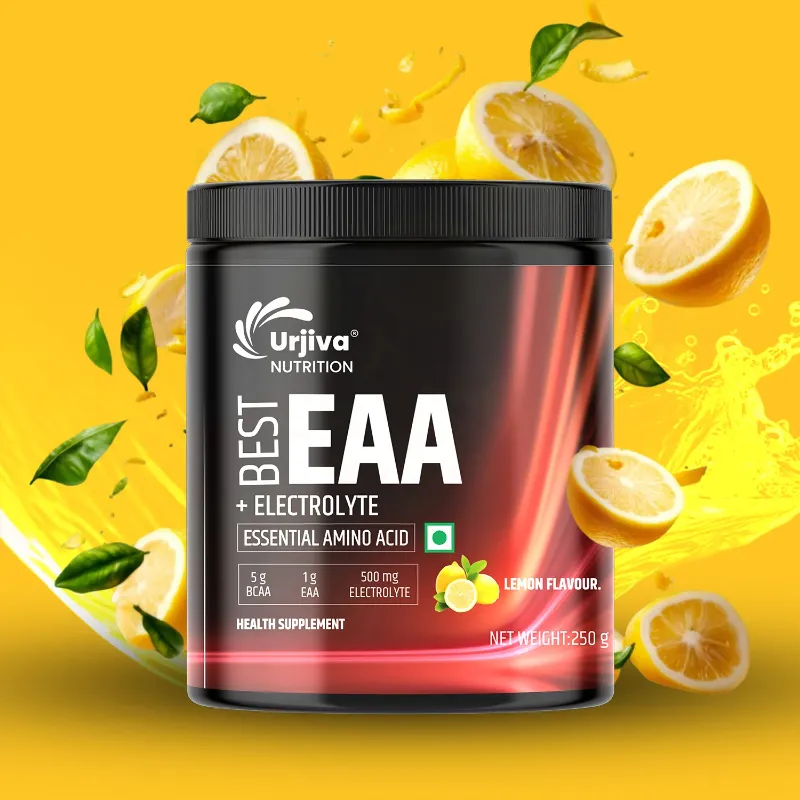Creatine has long been a go-to supplement for athletes, bodybuilders, and fitness enthusiasts looking to improve performance, increase muscle mass, and enhance recovery. Among the different types of creatine available, creatine monohydrate remains the most researched and widely used form. But with the rise of various other creatine types, many wonder which one works best. Understanding the differences and benefits of each can help you make the right choice for your fitness goals.
What is Creatine?
Creatine is a naturally occurring compound found in muscle cells. It plays a crucial role in producing adenosine triphosphate (ATP), the body's primary energy source for high-intensity exercise. By supplementing with creatine, you can boost your energy levels, improve workout performance, and promote muscle growth.
Creatine Monohydrate: The Gold Standard
Among all creatine types, creatine monohydrate is the most studied and trusted. It consists of a creatine molecule bound to a water molecule, making it simple yet highly effective.
Benefits of Creatine Monohydrate:
- Proven Effectiveness: Backed by decades of research showing improved strength, endurance, and muscle gains.
- Cost-Effective: Generally more affordable compared to other creatine types.
- High Absorption: Despite claims that other forms absorb better, creatine monohydrate is highly bioavailable when taken with water or a carbohydrate source.
- Increases Muscle Hydration: Helps draw water into muscle cells, promoting fuller muscles and better recovery.
- Supports Brain Health: Some studies suggest creatine may enhance cognitive function and mental clarity.
Other Popular Creatine Types
While creatine monohydrate is the benchmark, several other creatine forms have emerged, each claiming superior benefits. Let’s examine how they compare.
Creatine Hydrochloride (HCl)
This form combines creatine with hydrochloric acid, improving solubility in water.
- Pros: Easier to mix, potentially reduces bloating or stomach discomfort.
- Cons: Less research supports its effectiveness over creatine monohydrate. Creatine Ethyl Ester (CEE)
Marketed as a more absorbable form of creatine due to the esterification process.
- Pros: Claimed to improve absorption and reduce water retention.
- Cons: Studies indicate it breaks down too quickly, making it less effective than creatine monohydrate.
Buffered Creatine (Kre-Alkalyn)
A pH-buffered form of creatine aimed at reducing acidity and improving stability.
- Pros: Reduces stomach discomfort associated with some creatine types.
- Cons: No significant performance advantage over creatine monohydrate.
Micronized Creatine
A refined form of creatine monohydrate, where the particles are smaller for better solubility.
- Pros: Mixes better in water and may improve digestion.
- Cons: Offers the same benefits as creatine monohydrate without additional enhancements.
Creatine Nitrate
A combination of creatine and nitrate, intended to boost nitric oxide production for better blood flow.
- Pros: May enhance muscle pumps and vascularity.
- Cons: Limited research on whether it outperforms creatine monohydrate.
Which Creatine Works Best?
Despite the numerous options available, creatine monohydrate continues to be the best choice for most individuals due to its affordability, effectiveness, and extensive research backing. The other forms may offer slight advantages in solubility or digestibility, but none have been proven superior in terms of performance or muscle-building potential.
How to Take Creatine for Maximum Benefits
Regardless of the type, proper creatine supplementation is key to maximizing results.
- Loading Phase (Optional): Take 20 grams of creatine monohydrate daily for 5-7 days, split into four doses.
- Maintenance Phase: Take 3-5 grams daily to maintain elevated creatine stores.
- Best Time to Take Creatine: Post-workout with a carbohydrate source to enhance absorption.
- Hydration: Drink plenty of water to support muscle hydration and avoid potential cramping.
Should You Choose Creatine Monohydrate?
For most people, creatine monohydrate remains the best option. It is highly effective, affordable, and supported by decades of research. While newer creatine types may offer minor advantages in terms of solubility or reduced stomach discomfort, they do not provide significant performance enhancements over creatine monohydrate.
For those looking for high-quality, science-backed supplements, Urjiva Nutrition offers premium creatine monohydrate to help you unlock your strength and power during workouts. Choose the right creatine and fuel your fitness journey with confidence!

